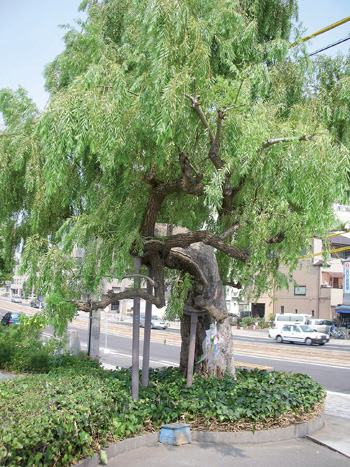 |
|
|||
|
|||
| Photographs taken of the devastated city in the immediate aftermath of the atomic bombing are extremely significant. Because the two photographers braved the post-bombing turmoil to take these photos and carefully hid them through the occupation when reporting on the atomic bombings was strictly prohibited, we can see with our own eyes what happened to these cities 60 years ago. The importance of the reality they recorded explains why Hajime Miyatake and Eiichi Matsumoto protected their film all those years. These photos convey the reality of the atomic bombings. They are a legacy shared by all who seek peace. | |||
| Supervision : FMr.MichioIde Cooperation : FAsahi Shimbun Campany List of Sources Title page,5,7-36:Photo/Mr.Hajime Miyatake, Courtesy/Asahi Shimbun Campany Title page,39-65:Photo/Mr.Eiichi Matsumoto, Courtesy/Asahi Shimbun Campany 1,4:Courtesy/Ms.Yoshiko Miyatake, Collection/Asahi Shimbun Campany 2:Courtesy/Mr.Tamotsu Matsumoto 3:Collection/Hiroshima Peace Memorial Museum 6:Courtesy/Ms.YoshikoMiyatake 37:Courtesy/Asahi Shimbun Campany 38:Courtesy/Chugoku Shimbun Company A-bombed weeping willow:Collection/Hiroshima city office |
| An Exhibition of Photographs by Hajime Miyatake and Eiichi Matsumoto-Hiroshima after the Atomic Bombing |
